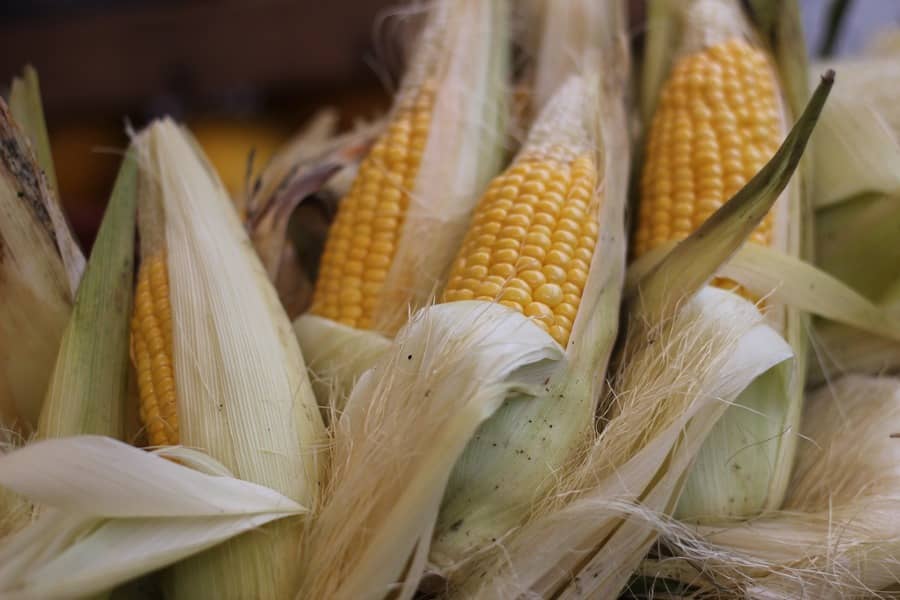Porto Alegre, August 23, 2021 – The financial movement of asset repositioning is an always important variable on international commodity exchanges. However, besides this financial picture, there is a fundamental factor: the beginning of the US harvest in September. No matter how big or small the 2021 US crop may be, its effect is seasonal, that is, pressure from the entry of the crop, especially when prices are far above the historical average. The crop tour was one of last week’s fundamental factors, and the result was a number much higher than expected by USDA, 384 mln tons, practically neutralizing the decline pointed out in the August report. Now, it is necessary to wait for the USDA next reports to assess whether the Pro Farmer’s number will be confirmed.
A tense US crop in 2021. Low stocks, surprising demand in China, wheat losses, and Brazilian corn production losses caused, even surprisingly, this movement of very firm prices. All this amidst a pandemic and global excess liquidity.
When prices are closer to the normal average, upward movements during the harvest period are more possible due to situations such as production losses and/or additional demand. In 2020, a storm in Iowa on August 10 caused the surprise of severe production losses in Iowa, the largest US corn-producing state. The loss hit 20 mln tons. Along with this climate scenario, China opened its purchases of US corn, only on August 20 it bought 7 mln tons, in an unprecedented way. These purchases continued during the US harvest and allowed corn to rise from the very low levels of USD 3.30/3.50 a bushel to more than USD 6.00 in the first half of 2021.
Now, we have a new season, which also finds a climatic variable to affect production. The lack of rainfall over the past thirty days is very clear in the and Plains and mid-northern section of the Midwest, which has already affected spring wheat and is now jeopardizing corn and soybean yields as well. On the other hand, the center-south of this region shows the opposite picture, that is, an expansion of production potentials due to excellent rainfall. USDA brought a signal of production losses in the August report, cutting the forecast for the crop from 385 to 374.6 mln tons. The losses were indicated by the portion of the area affected by the critical climatic situation in the spring/summer on the north side of the Corn Belt and Plains.
The Pro Farmer crop tour is always highly expected as it establishes a comparison with the USDA projections. Pro Farmer does not include all producing regions, which may lead to divergences. Last week, the crop tour’s final figure was 384m tons, well above the USDA estimate for August. More significant yields were identified this season, despite the adverse weather. The detail is that the result of Iowa, the main producing state, was 190.8 bushels/acre, below the USDA report, which indicated 193 bushels/acre. However, the number is well above 2020, which stood at 177.8 bushels.
The market bought the idea of a 2021 crop not as small as USDA had pointed out. This could add 10 mln tons to US stocks, to 40 mln, and ease supplies this next business year. At this point, we return to the issue of demand, that is, China’s stance in its international purchases. In October, the Chinese crop of 268 to 274 mln tons reaches the local market, and the government has inhibited companies from importing for this season. The doubt is about the capacity of the northeast of the country to meet the demand of the center-south in the coming few months. Could China enter the US market taking advantage of the harvest-induced lows and contain greater pressure on prices? This is the question of this harvest because, without China, the market would be back to its normal routine.
Lower prices on the FOB market for US corn increased the spread against prices on the Dalian exchange in China. This spread now becomes more favorable for China to accelerate purchases in the coming weeks.
Agência SAFRAS Latam
Copyright 2021 – Grupo CMA

